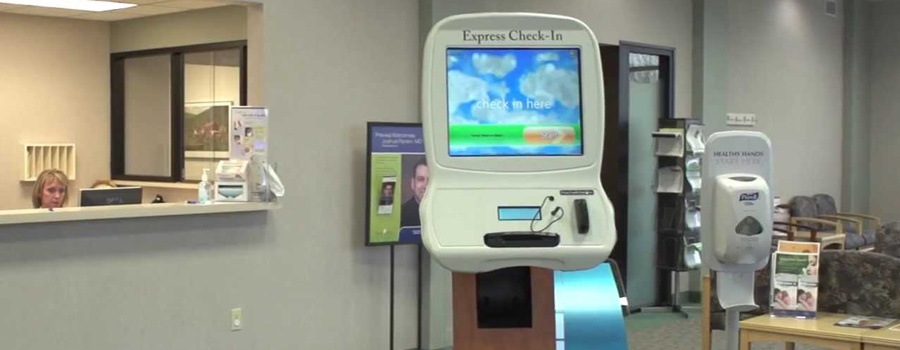Category: Management
-

Outpatient Visit Evaluation & Management Changes for 2021
For more than 25 years, the American Medical Association has utilized the 1995 or 1997 guidelines for Evaluation and Management (E/M) services in the Current Procedural Terminology (CPT). The E/M codes have expanded over the years but until now, there has been no update to the elements, in which, we choose a level of service.…
-

How Can You Use Financial Metrics to Improve Profitability?
There are many factors that can help your practice maintain financial profitability. It is especially important to review the structure of your financial statements to properly assess and optimize the health of your practice. Recently, we sat down with one of our healthcare experts, Miko Kulovitz, to discuss how important financial reporting can be to…
-
The Delivery and Confidentiality Challenges in Rural Health Care Explained
Medical practices in rural settings face a host of concerns, such as how emergency protocols may differ from urban areas, difficulty in finding nurses (according to a recent Friday Letter from the Alabama Hospital Association, registered nurses are the third most in-demand jobs), and difficulty in finding appropriate training for staff. In small towns/rural settings,…
-

Don’t Forget Your Risk Assessments!
Many medical practices are planning their Security Risk Assessments for the new year. Whether to better qualify for the 2019 Merit-based Incentive Payment System (MIPS) or to fulfill obligations to comply with the HIPAA Security Rule, a strong strategy now will reap benefits later. It’s a good time to remember what is required when conducting…
-

How to Tell If There Is a Problem with Your Accounts Receivable and How to Fix It
You can’t correct a problem if you don’t know it exists. Physicians usually spend the day focused on patients and patient care so it can be difficult to spot A/R inefficiencies unless key performance goals are in place. Specific reports should be generated each month to analyze the practice collection performance. Warning Signs of a…
-

Protecting One of Your Most Valuable Assets – Your Employees
Several studies show that the total cost of losing an employee can range from tens of thousands of dollars to 150 percent of the employee’s annual salary. There are also the “soft costs” of losing an employee, including lost productivity and lower employee morale if the practice incurs high turnover rates. According to a survey…
-

Paying More Money Is Not the Best Way to Retain Great Staff
Medical practices are painfully in need of keeping their top employees. The time, costs and dangers of recruiting replacement personnel are just part of the issue. Loss of key team members negatively impacts patient care, practice profitability, and staff morale. All administrators agree the retention of a trained, well-performing and mutually cooperative staff is a…
-

Don’t Get Caught in a Copay Conundrum
In the current environment of increasing patient deductibles and copays, the billing and collection of the patient portion of the services you provide is top of mind. In the Department of Health and Human Service’s report dated May 23, 2017, Alabama’s average monthly health insurance premium amounts increased 223 percent from 2013 to 2017, versus…
-

Front Office Transformation – First Impressions
I recently visited a specialty practice at a major health system. As I approached the registration desk, a posted sign directed me to a standing kiosk to sign in. The family member I accompanied to the appointment was unable to stand at the kiosk, so I provided the needed information and signed her in. Although…
-

Do You Qualify for Tax Amnesty?
The Alabama Legislature has enacted the Alabama Tax Delinquency Amnesty Act of 2018 to allow qualifying taxpayers to receive a waiver of penalties and interest on eligible tax types. The application period is now open through Sept. 30, 2018. The Alabama Department of Revenue (ADOR) launched alabamataxamnesty.com, a website dedicated to the Alabama Tax Delinquency Amnesty Program…